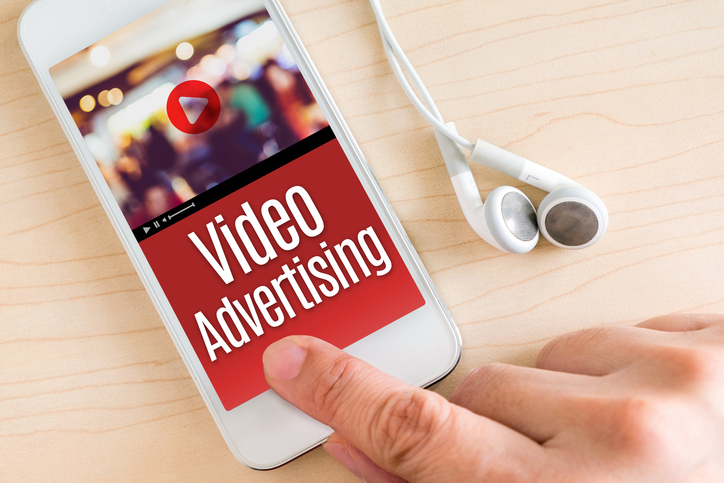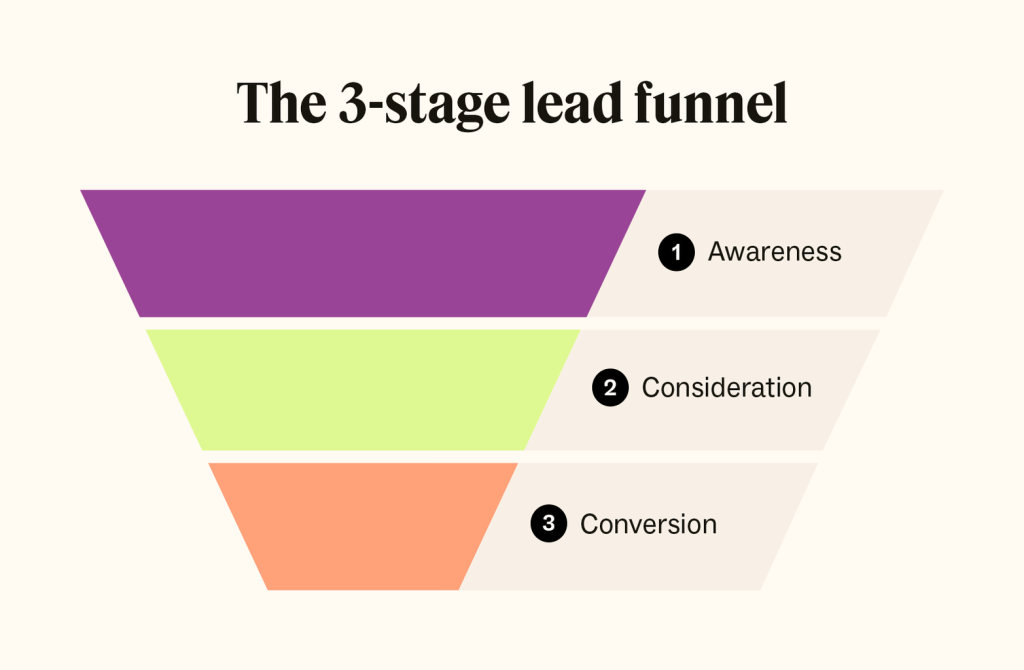
Optimizing Amazon Video Ads for Higher Conversions
In today’s competitive Amazon marketplace, video ads have evolved from a brand-building tool into a powerful conversion driver. As Amazon expands video placements across Sponsored Brands, DSP, and Prime Video, brands that master the creative and technical nuances of video advertising can dramatically increase engagement and sales. This guide offers actionable strategies to help you create, optimize, and scale Amazon video ads for maximum impact.

Why Video Ads Matter
1. Higher Engagement and Recall
Video naturally captures attention better than static images or text. Amazon video ads can drive significantly higher product detail page views compared to traditional display ads. When designed effectively, they increase both visibility and purchase intent by allowing shoppers to see products in action.
2. Access to Prime Video and High-Attention Environments
Amazon’s expansion into streaming placements means your ads can appear in premium, high-attention settings. Ads shown within Prime Video or Freevee often reach customers in a relaxed mindset—prime for brand recall and influence on future purchase behavior.
3. Smarter Targeting Through AI and Data
Amazon’s advertising tools use machine learning to help advertisers reach audiences most likely to convert. By analyzing browsing, purchase, and demographic data, your video ads can appear at the right moment in the customer journey.
Foundational Best Practices
Before diving into conversion optimization, ensure your creative meets Amazon’s technical and storytelling standards.
| Element | Best Practice | Why It Matters |
|---|---|---|
| Duration | 15–30 seconds | Keeps attention; ensures higher completion rates |
| Sound | Design for mute playback; use captions or text overlays | Most ads autoplay without sound |
| Aspect Ratio | 16:9 (1080p HD) | Avoids cropping or black bars |
| Brand Visibility | Show logo and key product visuals early | Builds recall even if viewers skip |
| Single Focus Message | Highlight one clear benefit | Prevents clutter and confusion |
Avoid flashing “Click Here” or “Shop Now” inside the video—Amazon disallows embedded CTA buttons. Instead, integrate subtle motion graphics or end cards that guide viewers to act.

Targeting and Funnel Alignment
To improve conversions, match your video campaigns to the shopper’s stage in the buying journey.
Awareness Stage – Use broad audience targeting or in-market segments to introduce your brand or category.
Consideration Stage – Retarget viewers who engaged with your brand or product pages using sequential storytelling.
Conversion Stage – Layer your video ads with Sponsored Products and retarget shoppers who viewed but didn’t purchase.
Other targeting tips:
Combine behavioral and shopping data to find likely buyers.
Test different audiences and adjust based on view-through and conversion data.
Cap ad frequency to prevent fatigue and maintain engagement.
Conversion-Focused Optimization Strategies
1. Measure Beyond Clicks
Video ads often work indirectly, influencing later purchases. Track not only click-through rate but also view-through conversions, branded search volume, and changes in detail page visits.
2. Use Sequential Storytelling
Guide shoppers with a series of short videos that build awareness, educate on features, and close with a strong value message or promotion. Sequenced storytelling helps turn passive viewers into motivated buyers.
3. Align Video and Product Detail Pages
Consistency is key. Match your video tone, colors, and messaging with your product images and bullet points. When the video and listing reinforce the same benefits, shoppers feel more confident completing a purchase.
4. Optimize Bids and Budgets
Begin with moderate bids and evaluate placements over time. Increase spend where view-through conversions are strongest. Use campaign portfolios or automation rules to shift budget toward high-performing segments.
5. Refresh Creative Regularly
Even great ads lose impact. Rotate new visuals, angles, or voiceovers every few weeks to combat creative fatigue and keep audiences engaged.
Measuring Performance and Iterating
Monitor the following KPIs to gauge success:
Video View-Through Rate (VTR) – Percentage of users watching your video to completion.
Completion Rate – Indicates whether your creative holds attention.
Post-View Conversions – Purchases that occur after exposure.
Incremental Lift – Changes in sales or traffic versus control periods.
Use Amazon Marketing Cloud (AMC) or campaign analytics to identify which ad formats and audiences contribute most to conversion. Test frequently, iterate quickly, and document your findings to build an internal performance playbook.
Avoid These Common Pitfalls
Over-focusing on Immediate ROI: Video often drives delayed conversions; give campaigns enough time to perform.
Weak Storytelling: If your ad doesn’t communicate a clear product benefit in the first five seconds, viewers scroll away.
Inconsistent Messaging: Ensure product detail pages reinforce what’s promised in the ad.
Poor Targeting: Avoid overly broad audiences; refine based on purchase and interest data.
Ignoring Creative Fatigue: Rotate content regularly for better retention and engagement.

Final Thoughts
Amazon video ads are among the most powerful tools for connecting emotionally with customers while driving measurable sales growth. The key to higher conversions lies in mastering both the art and science—compelling creative, precise targeting, and ongoing optimization.
As you refine your video ad strategy, start small, test variations, and scale what performs. Over time, you’ll transform simple video placements into a high-performing conversion engine that amplifies your entire Amazon marketing ecosystem.













